Fabrication method could facilitate materials discovery. Harvard team led by Philip Kim innovates in high-temperature superconductors using cuprates. Developed the world’s first superconducting diode, advancing quantum computing.
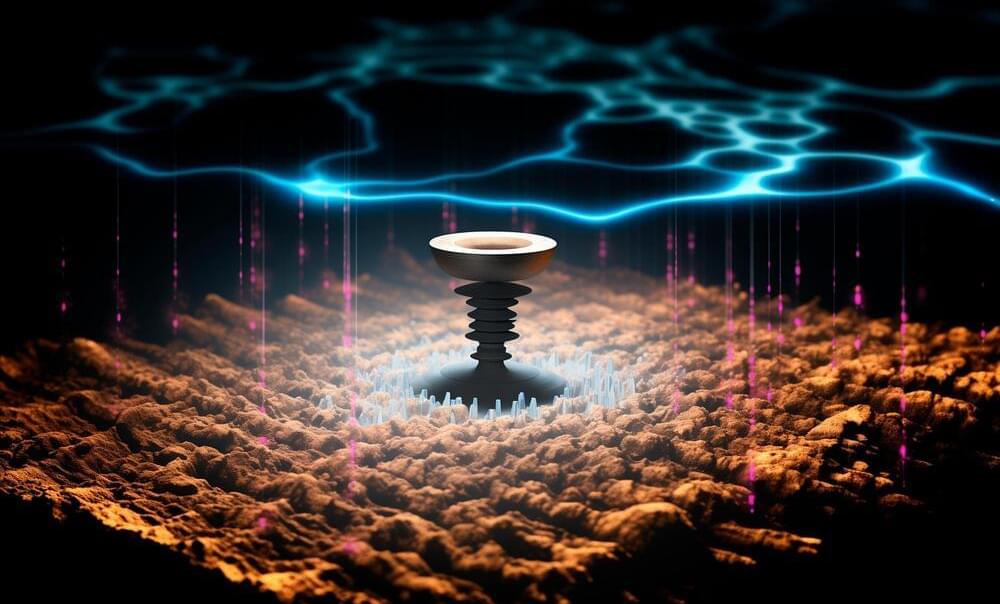

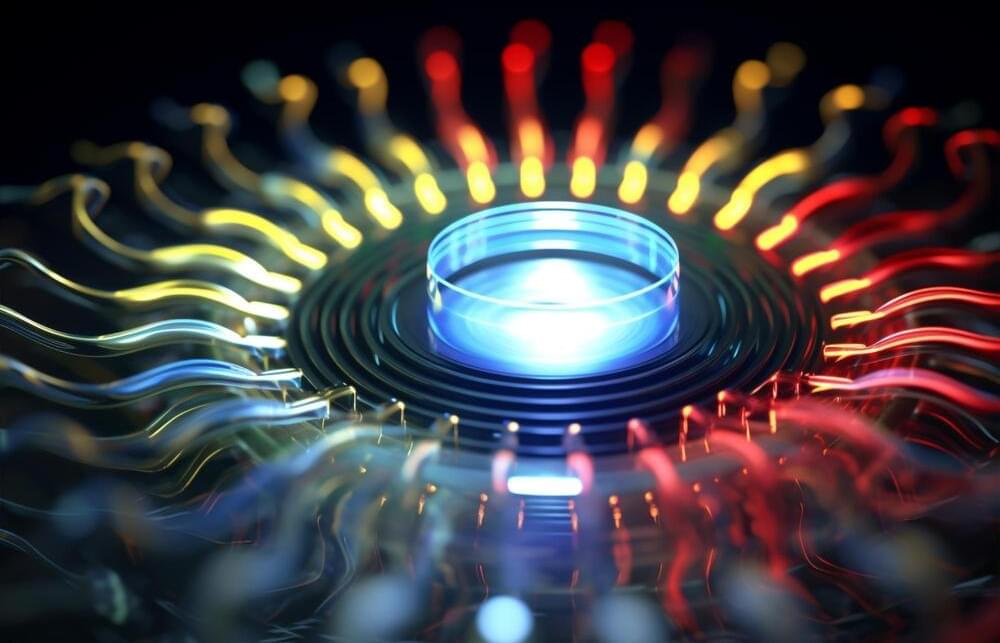
In a new breakthrough, researchers have used a novel technique to confirm a previously undetected physics phenomenon that could be used to improve data storage in the next generation of computer devices.
Spintronic memories, utilized in advanced computers and satellites, leverage the magnetic states produced by the intrinsic angular momentum of electrons for data storage and retrieval. Depending on its physical motion, an electron’s spin produces a magnetic current. Known as the “spin Hall effect,” this has key applications for magnetic materials across many different fields, ranging from low-power electronics to fundamental quantum mechanics.
More recently, scientists have found that electrons are also capable of generating electricity through a second kind of movement: orbital angular momentum, similar to how Earth revolves around the sun. This is known as the “orbital Hall effect,” said Roland Kawakami, co-author of the study and a professor in physics at The Ohio State University.

In quantum mechanics, particles can exist in multiple states at the same time, defying the logic of everyday experiences. This property, known as quantum superposition, is the basis for emerging quantum technologies that promise to transform computing, communication, and sensing. But quantum superpositions face a significant challenge: quantum decoherence. During this process, the delicate superposition of quantum states breaks down when interacting with its surrounding environment.
To unlock the power of chemistry to build complex molecular architectures for practical quantum applications, scientists need to understand and control quantum decoherence so that they can design molecules with specific quantum coherence properties. Doing so requires knowing how to rationally modify a molecule’s chemical structure to modulate or mitigate quantum decoherence.
To that end, scientists need to know the “spectral density,” the quantity that summarizes how fast the environment moves and how strongly it interacts with the quantum system.
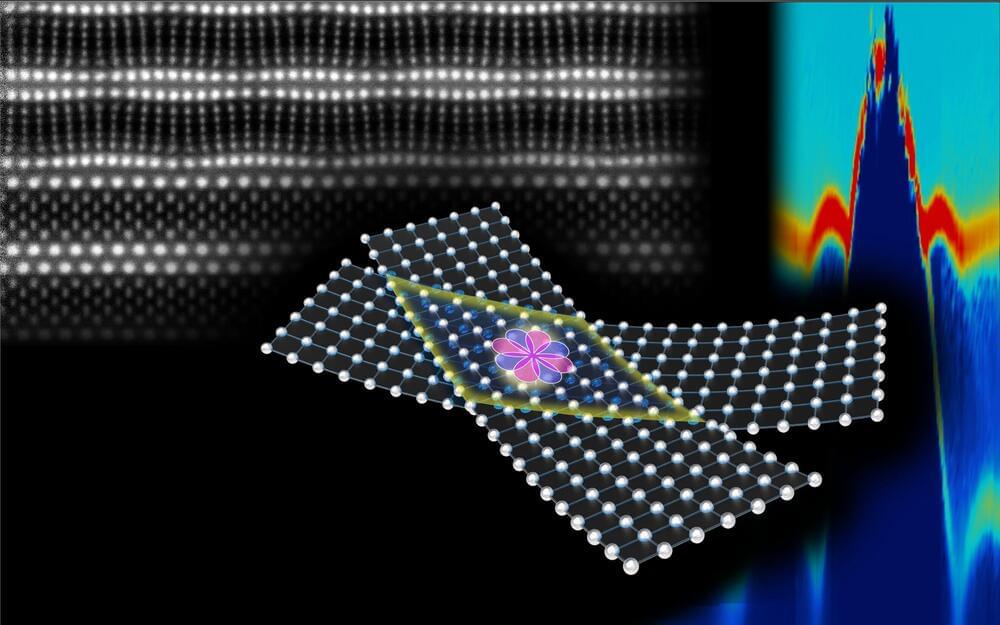
Superconductors have intrigued physicists for decades. But these materials, which allow the perfect, lossless flow of electrons, usually only exhibit this quantum-mechanical peculiarity at temperatures so low—a few degrees above absolute zero—as to render them impractical.
A research team led by Harvard Professor of Physics and Applied Physics Philip Kim has demonstrated a new strategy for making and manipulating a widely studied class of higher-temperature superconductors called cuprates, clearing a path to engineering new, unusual forms of superconductivity in previously unattainable materials.
Using a uniquely low-temperature device fabrication method, Kim and his team report in the journal Science a promising candidate for the world’s first high-temperature, superconducting diode—essentially, a switch that makes current flow in one direction—made out of thin cuprate crystals.
“Even now, quantum systems can serve as scientific tools,” Oliver Dial, IBM Quantum CTO told IE in an interview. Quantum utility might already be here, but will we soon see a company achieve quantum advantage?
But what exactly does that mean?
Oliver Dial, IBM Fellow and CTO, IBM Quantum walked us through some of these updates. In doing so, he highlighted the fact that “even now, quantum systems can serve as scientific tools to explore utility-scale classes of problems in chemistry, physics, and materials beyond brute force classical simulation of quantum mechanics.”
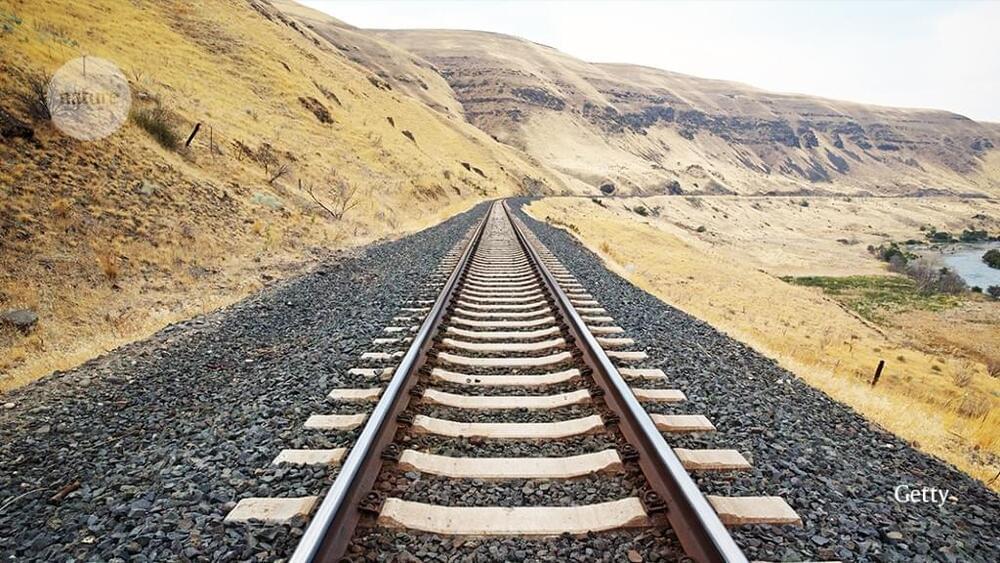
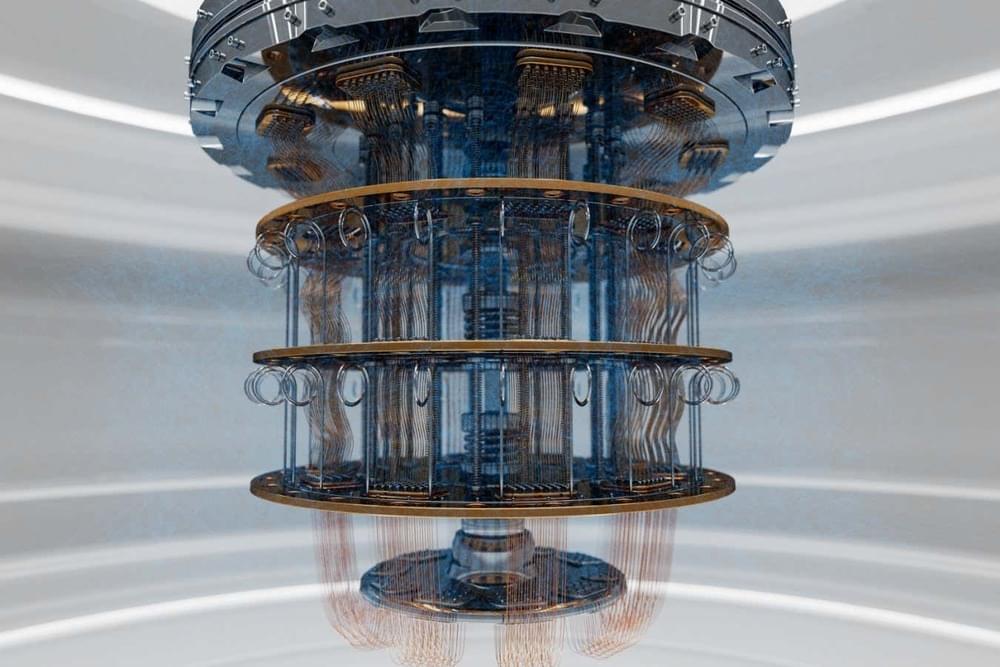
Quantum computers could become more useful now researchers at Google have designed an algorithm that can translate complex physical problems into the language of quantum physics.
By Alex Wilkins
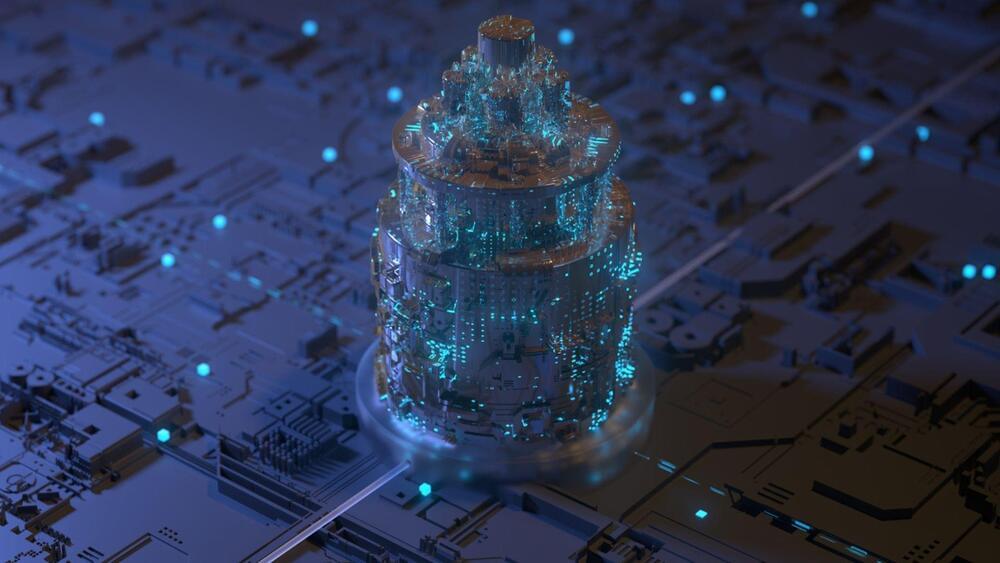
“Now, it is possible to teleport information so that it never physically travels across the connection — a “Star Trek” technology made real,” said researcher.
Scientists have been making discoveries in the quantum computing realm. In another leap, researchers successfully deployed the principles of quantum physics and transported information in the form of light patterns without physically moving the image itself.
According to a statement by the researchers, scientists demonstrated the quantum transport of the highest dimensionality of information to date. Particularly highlighting, the use of a teleportation-inspired configuration so that the information does not physically travel between the two communicating parties.
Entangling photons and nonlinear optical detector
Researchers used a special method that involved entangled photons and a nonlinear optical detector.
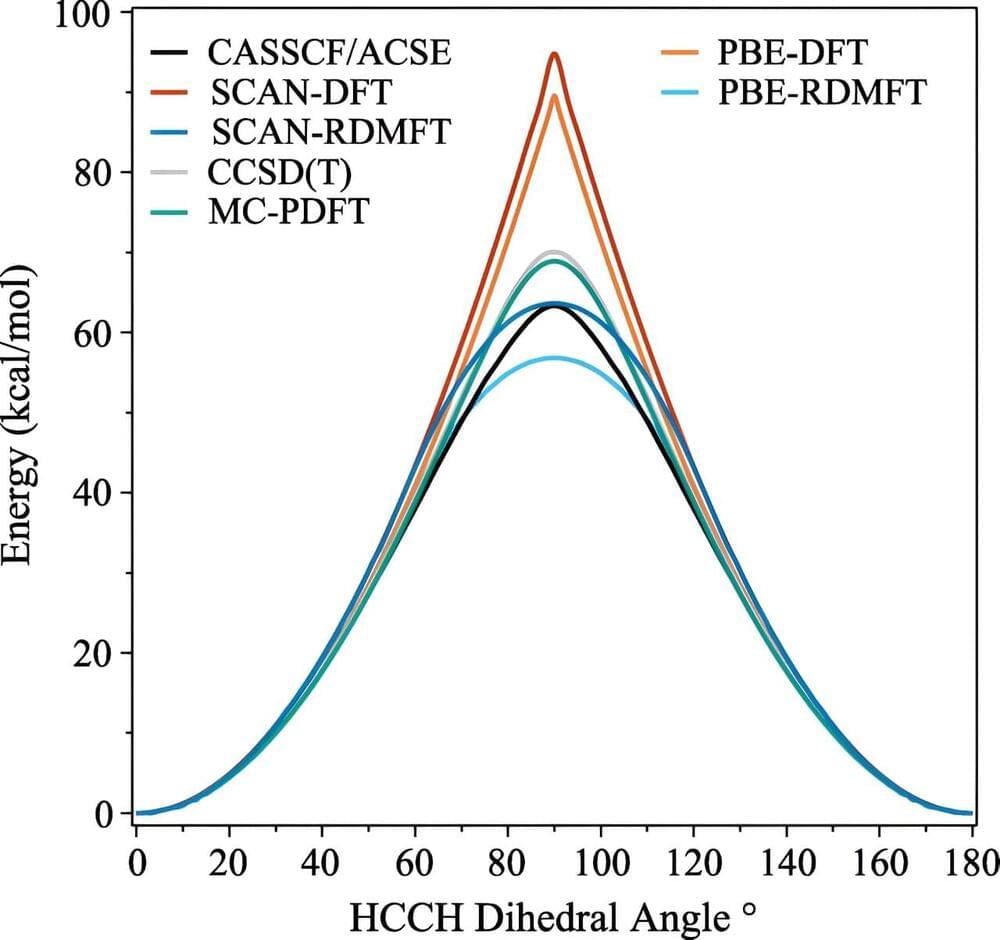
Much like the humans that created them, computers find physics hard, but quantum mechanics even harder. But a new technique created by three University of Chicago scientists allows computers to simulate certain challenging quantum mechanical effects in complex electronic materials with far less effort.
By making these simulations more accurate and efficient, the scientists hope the technique could help discover new molecules and materials, such as new types of solar cells or quantum computers.
“This advance holds immense potential for furthering our understanding of molecular phenomena, with significant implications for chemistry, material science, and related fields,” said scientist Daniel Gibney, a University of Chicago Ph.D. student in chemistry and first author on the paper, published Dec. 14 in Physical Review Letters.
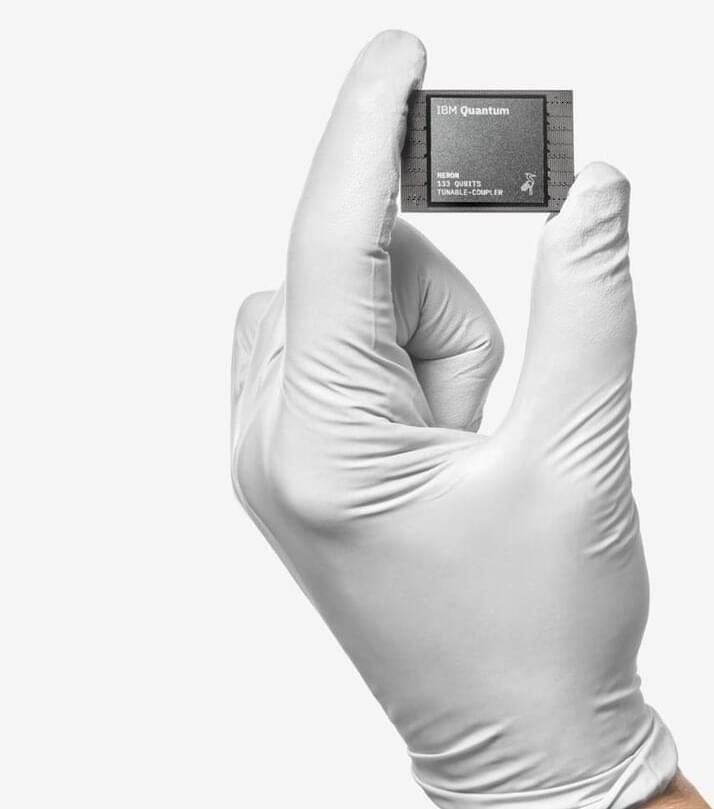
At its Quantum Summit 2023, IBM took the stage with an interesting spirit: one of almost awe at having things go their way. But the quantum of today – the one that’s changing IBM’s roadmap so deeply on the back of breakthroughs upon breakthroughs – was hard enough to consolidate. As IBM sees it, the future of quantum computing will hardly be more permissive, and further improvements to the cutting-edge devices it announced at the event, the 133-qubit Heron Quantum Processing Unit (QPU), which is the company’s first utility-scale quantum processor, and the self-contained Quantum System Two, a quantum-specific supercomputing architecture, are ultimately required.
But each breakthrough that afterward becomes obsolete is another accelerational bump against what we might call quantum’s “plateau of understanding.” We’ve already been through this plateau with semiconductors, so much so that our latest CPUs and GPUs are reaching practical, fundamental design limits where quantum effects start ruining our math. Conquering the plateau means that utility and understanding are now enough for research and development to be somewhat self-sustainable – at least for a Moore’s-law-esque while.